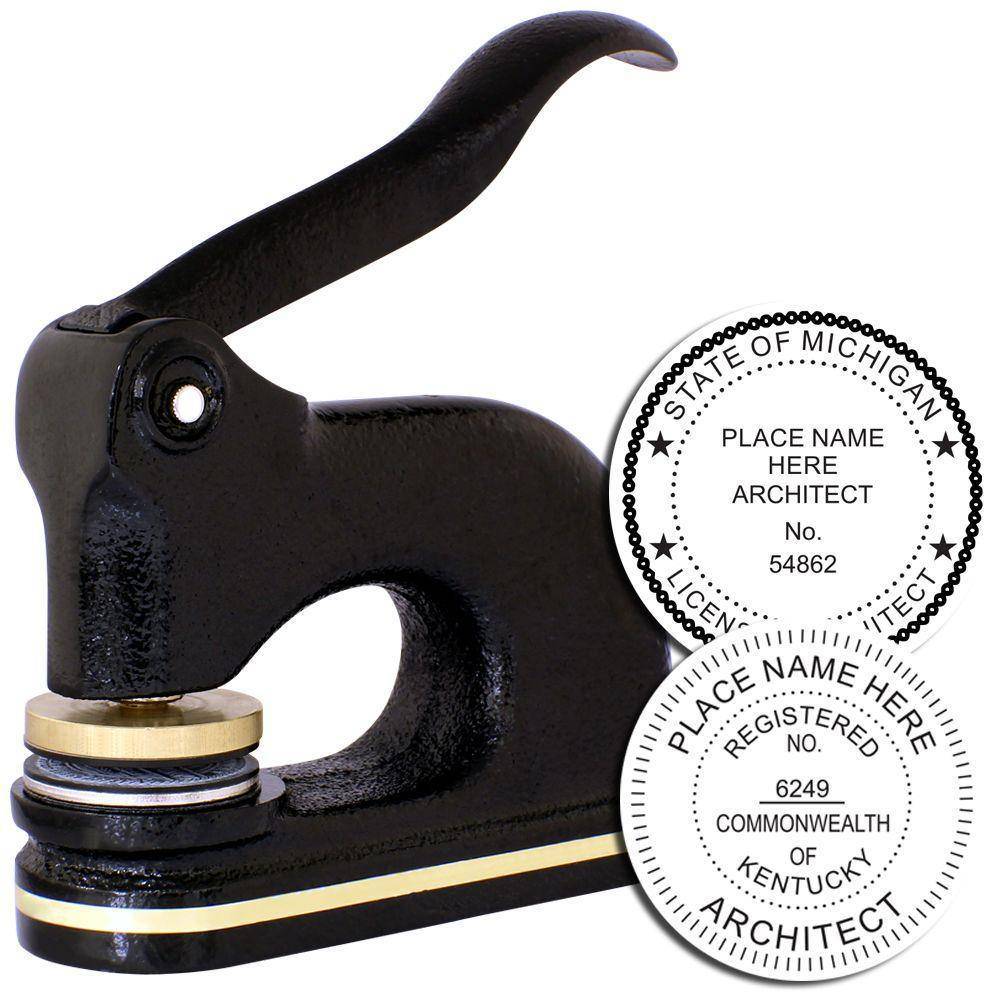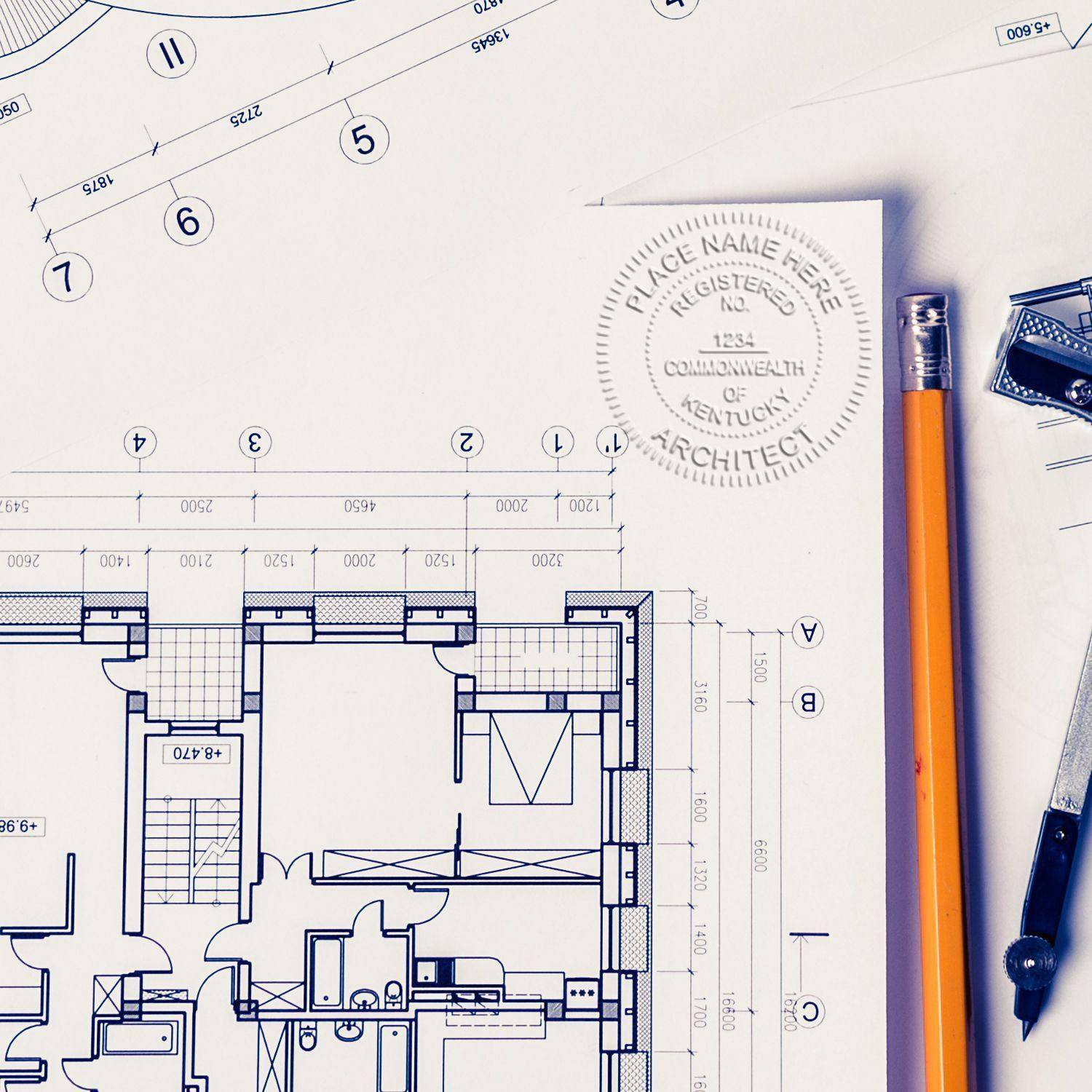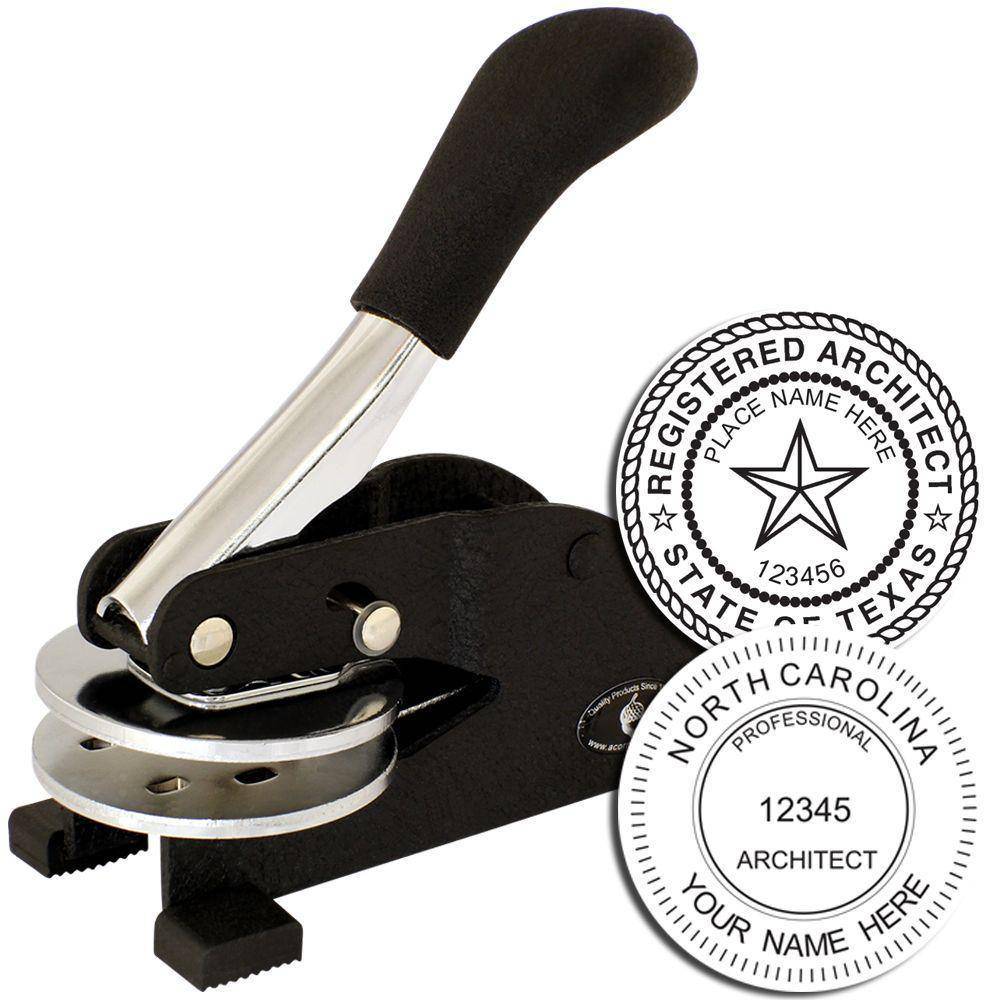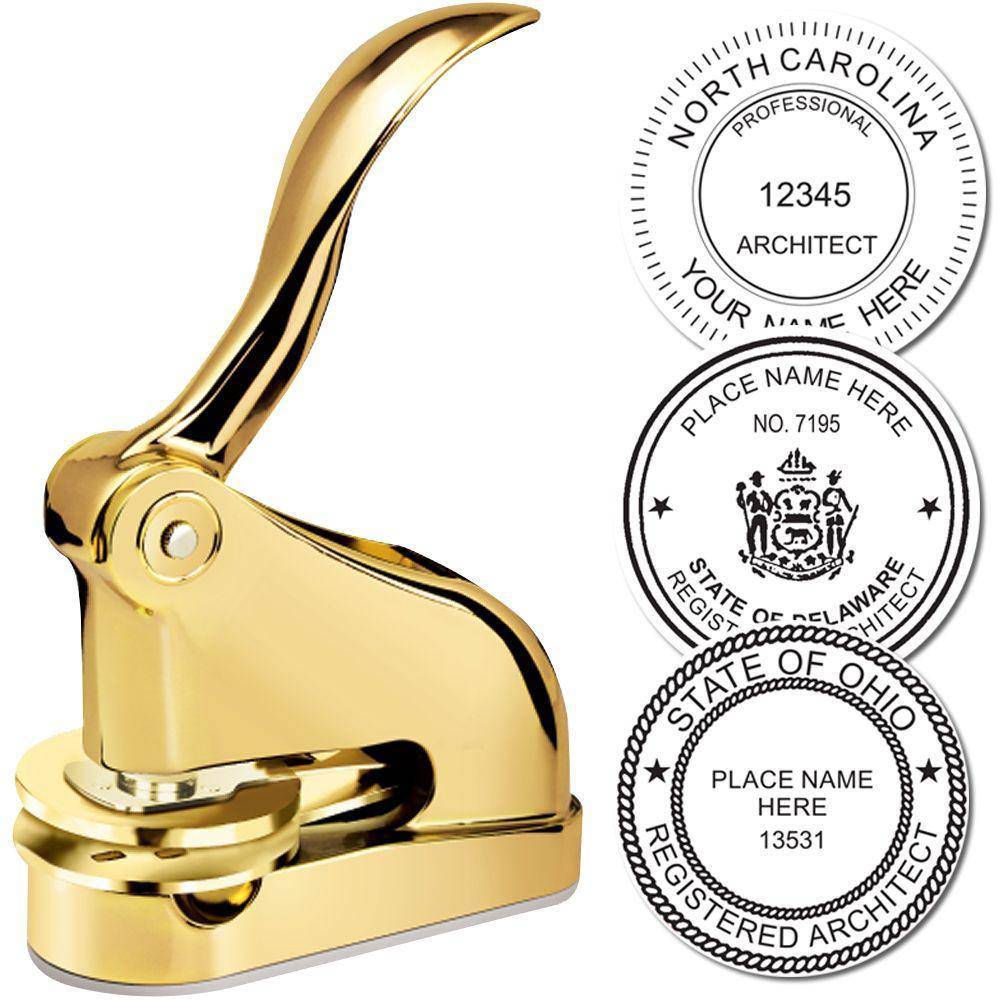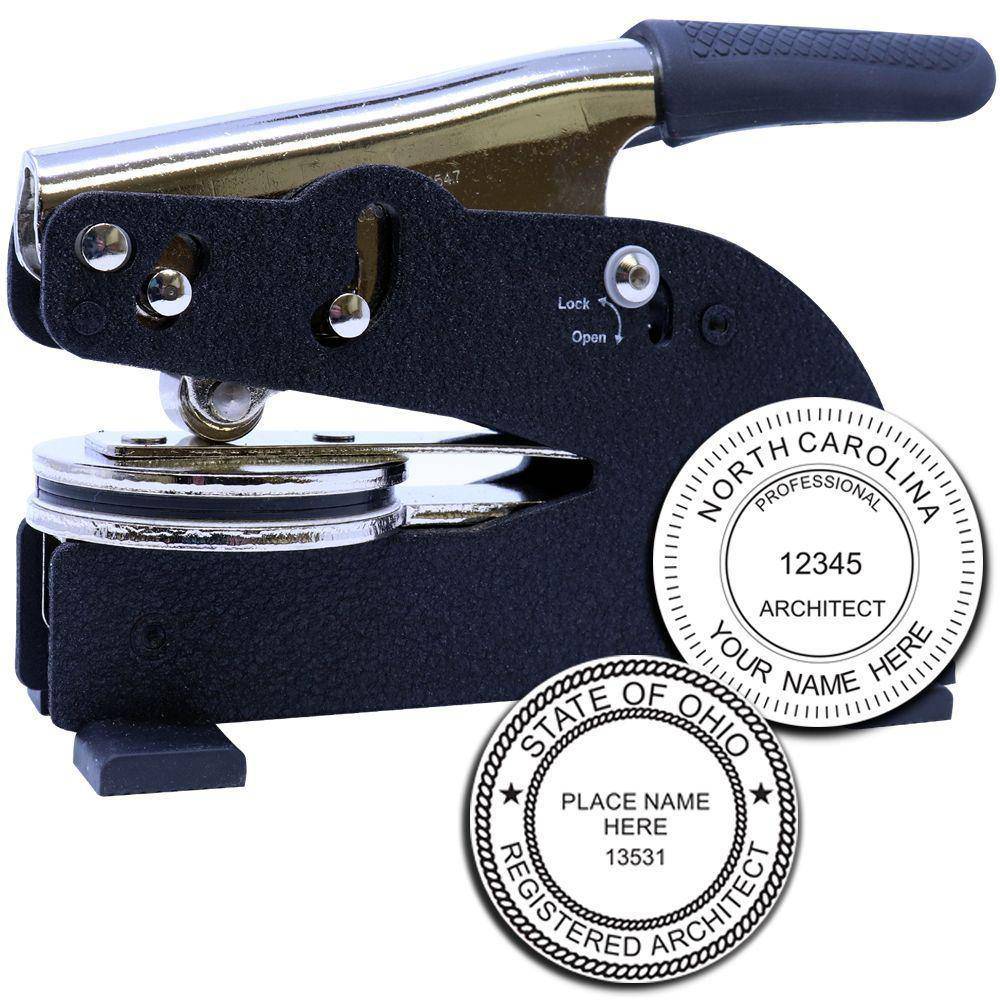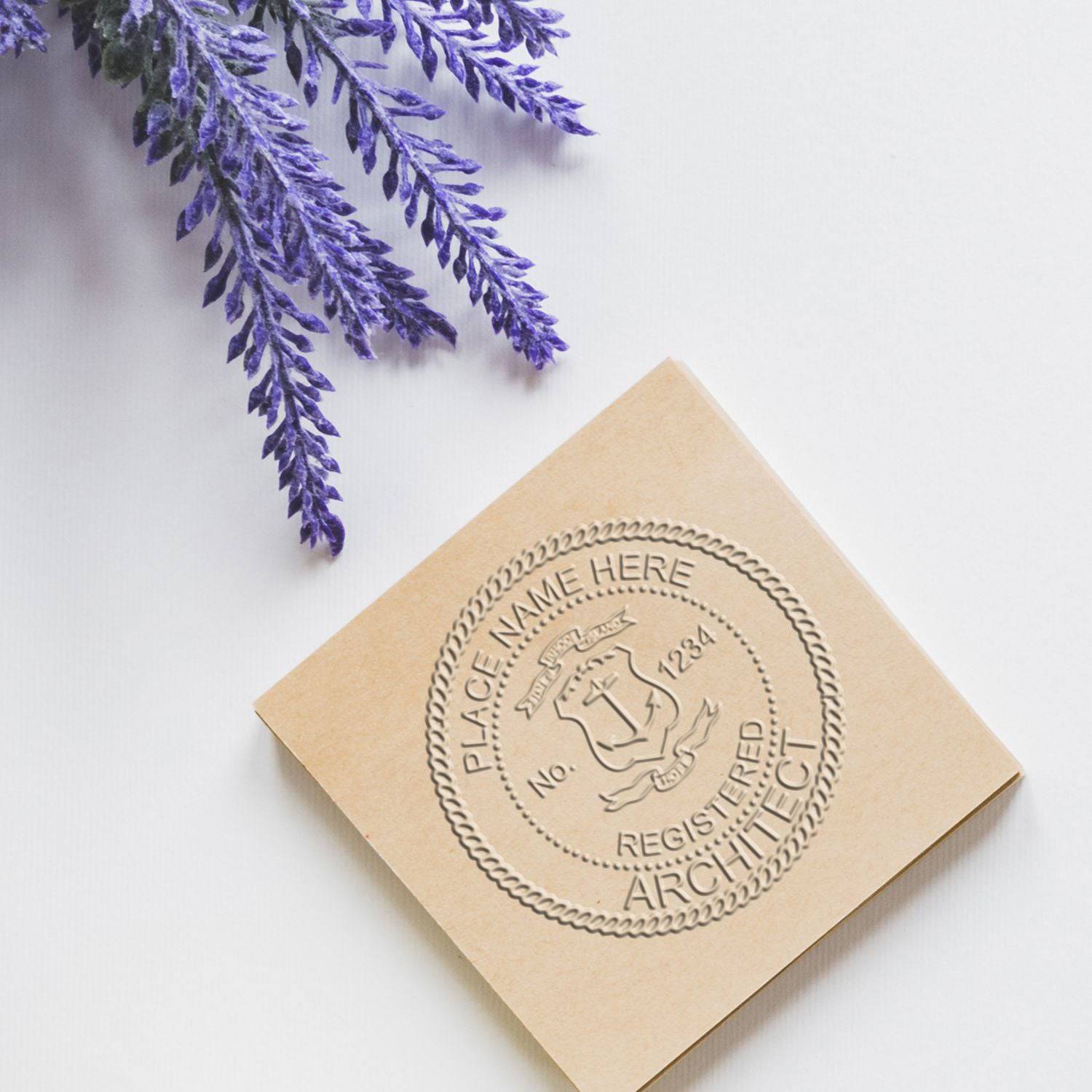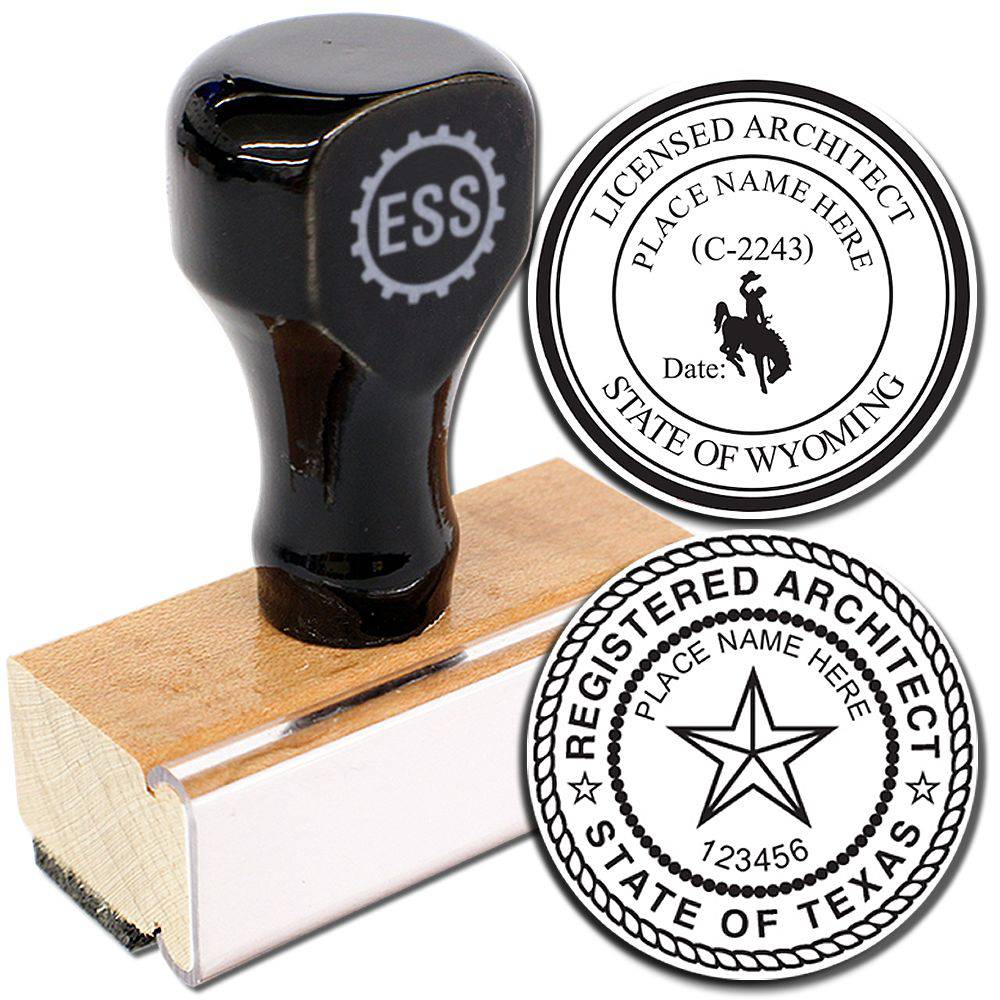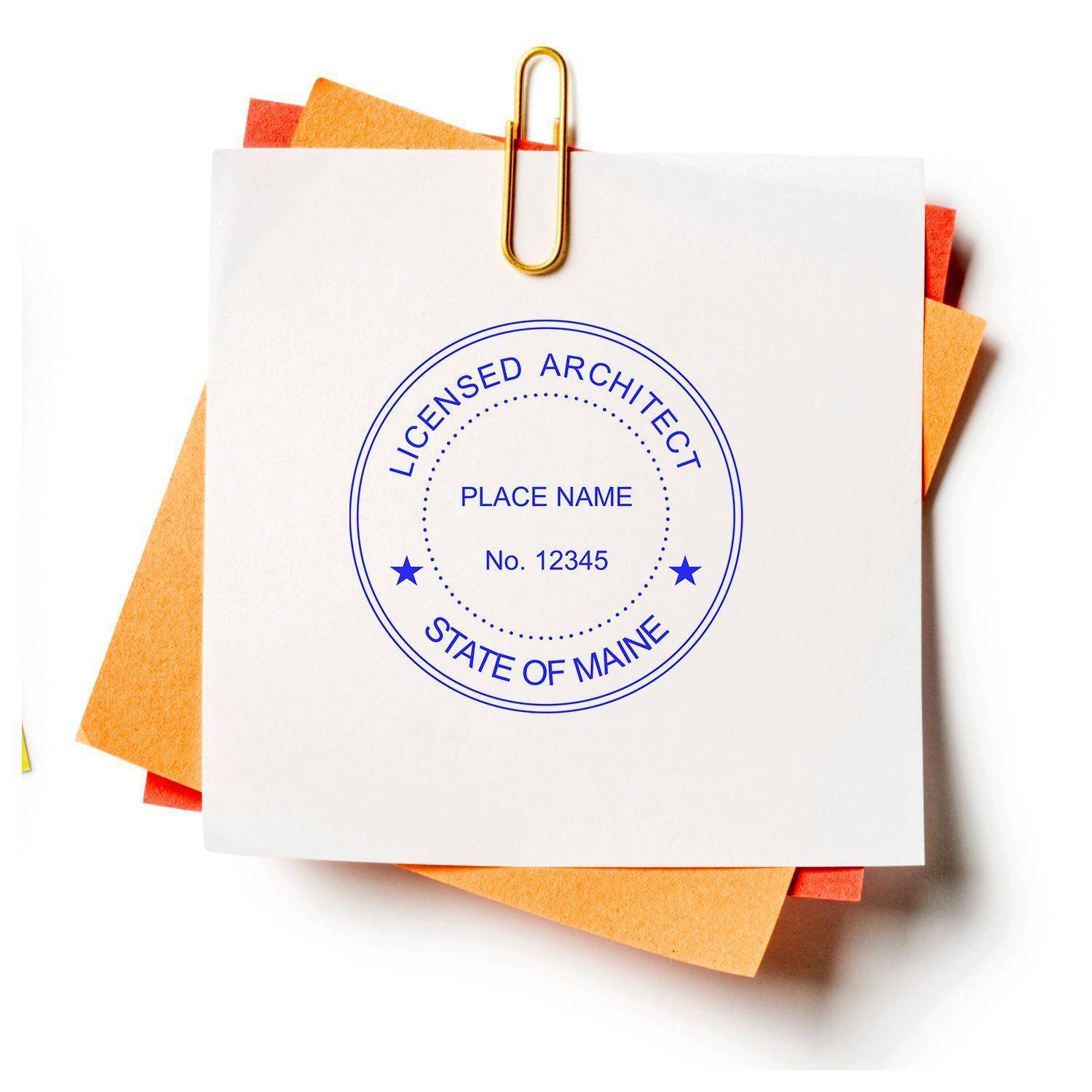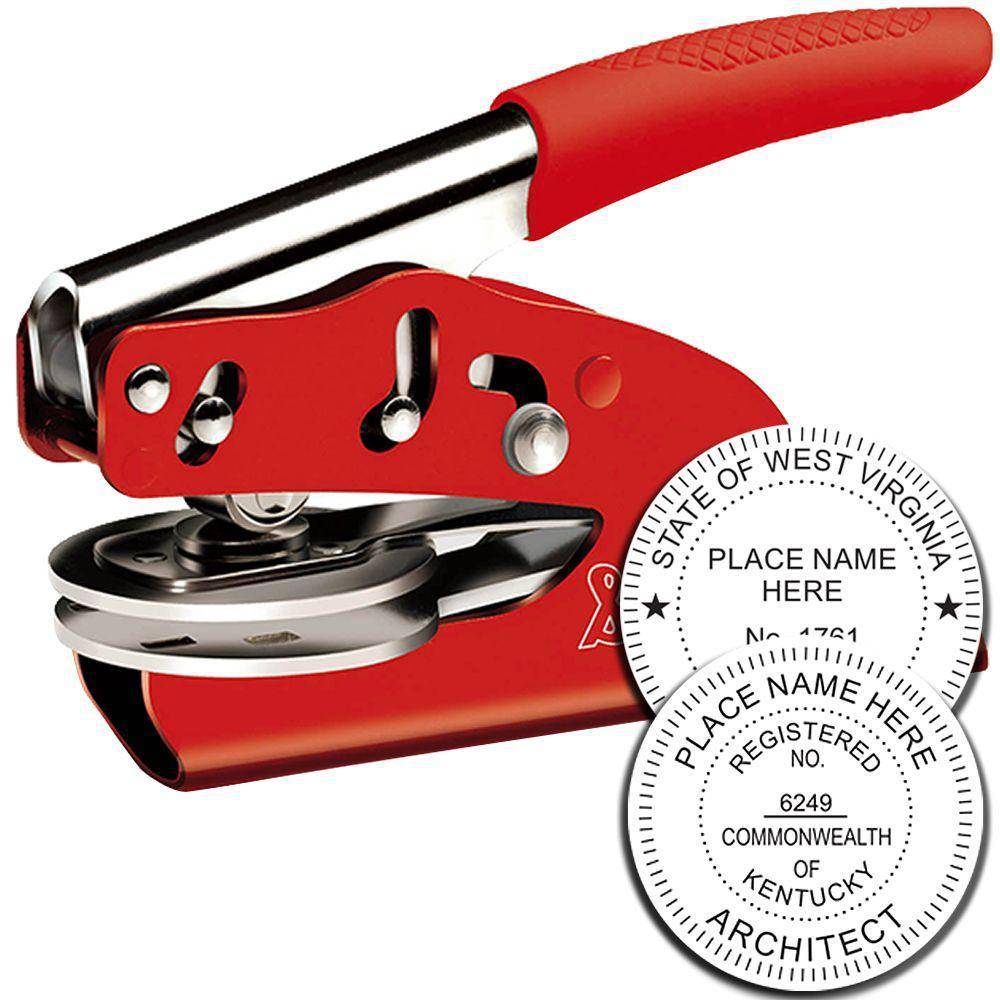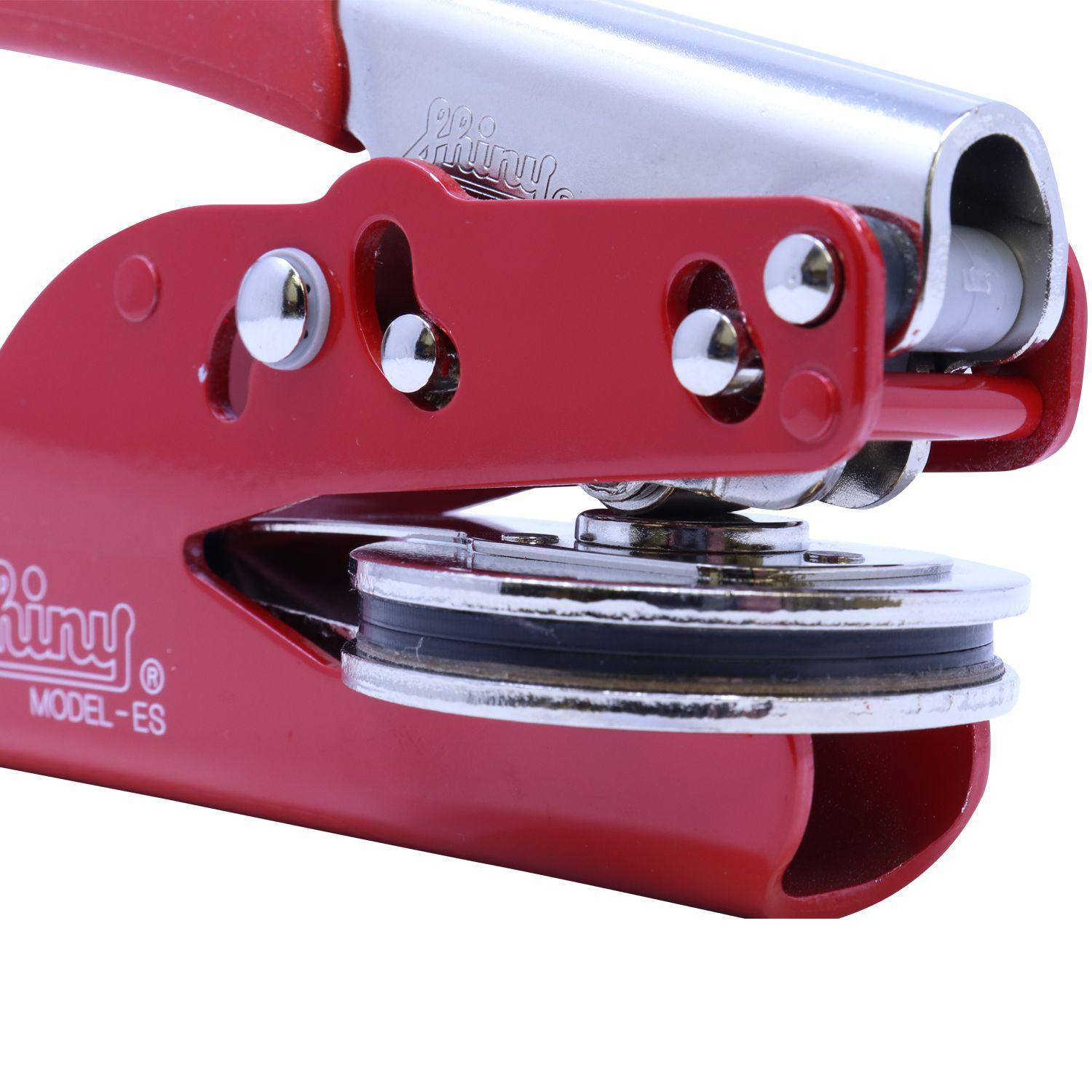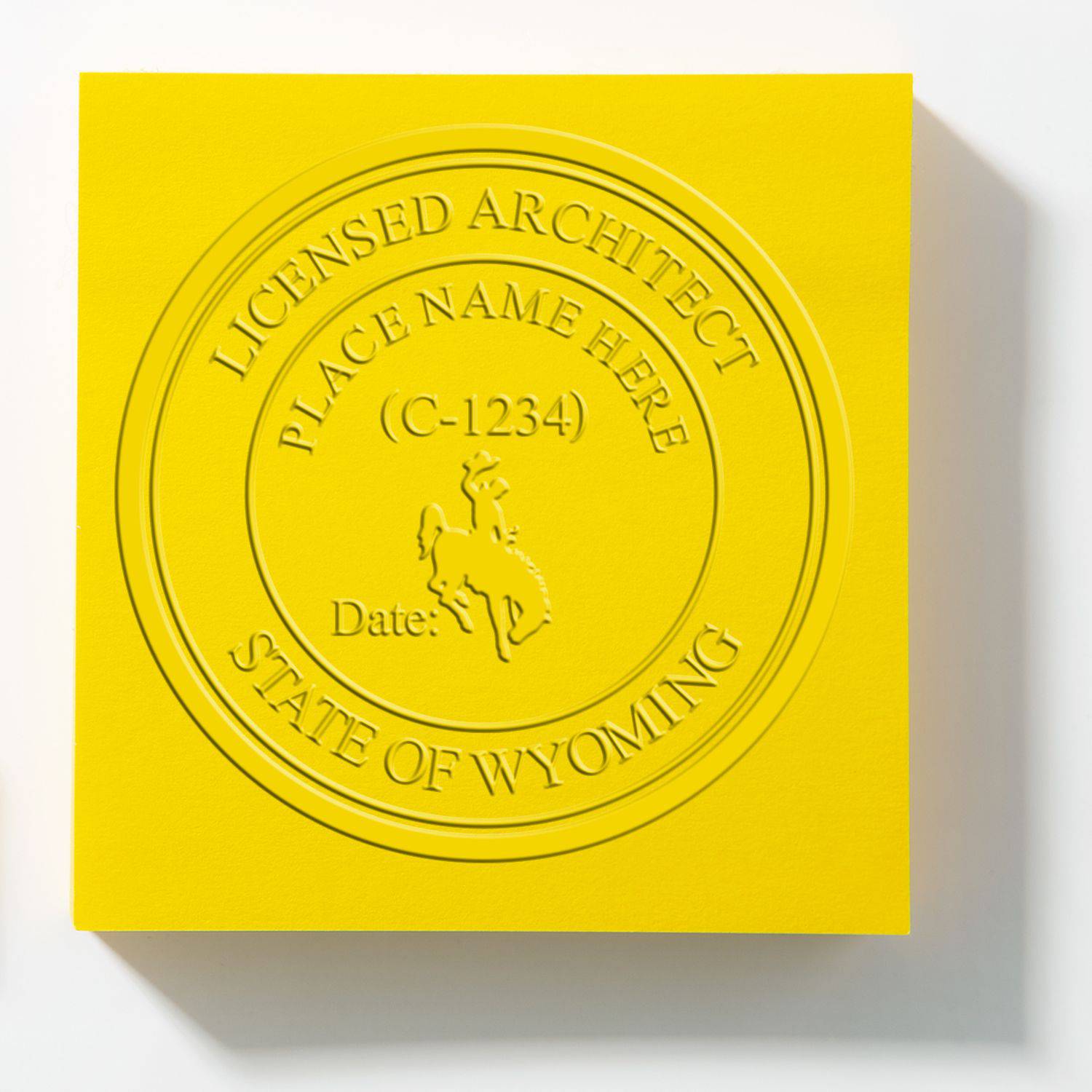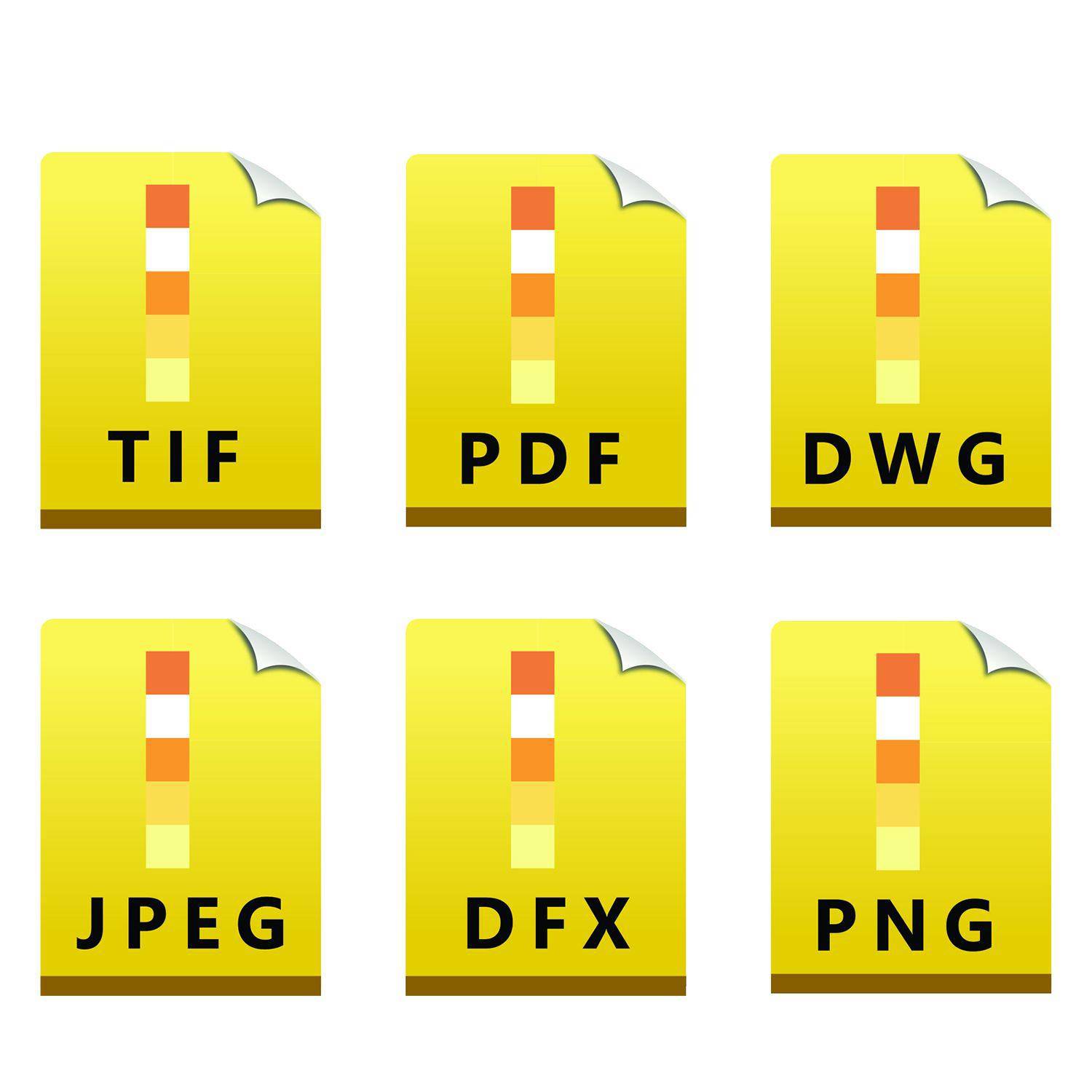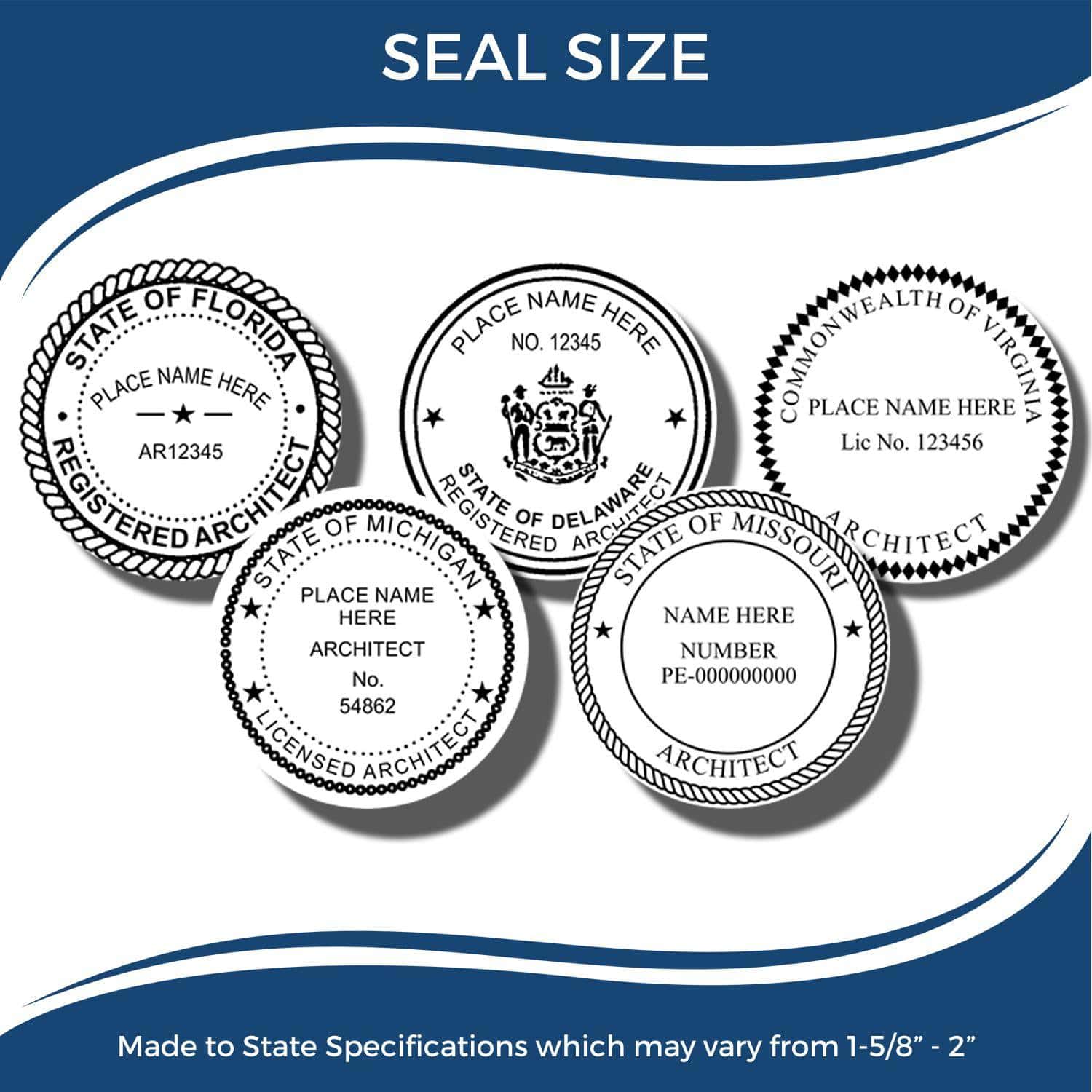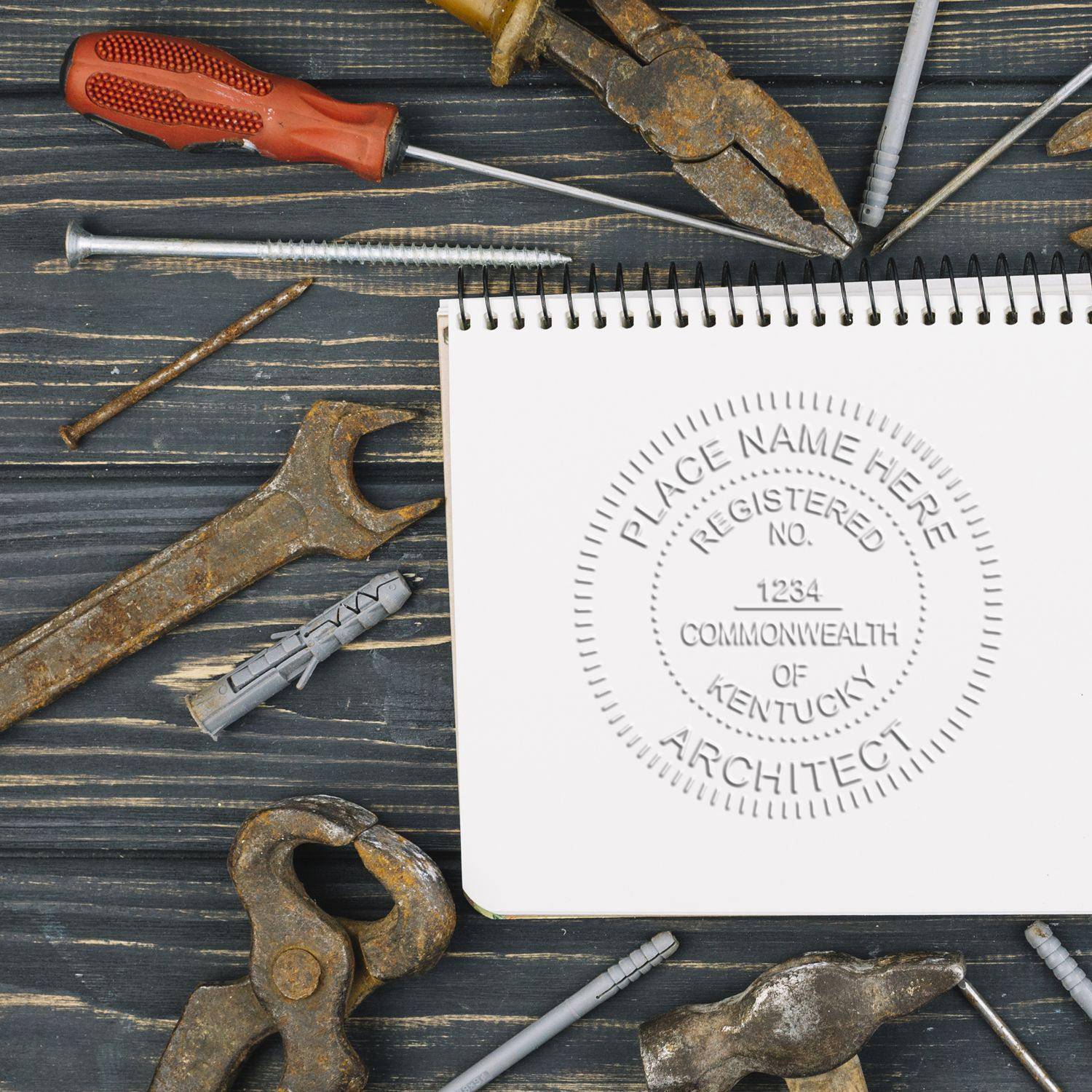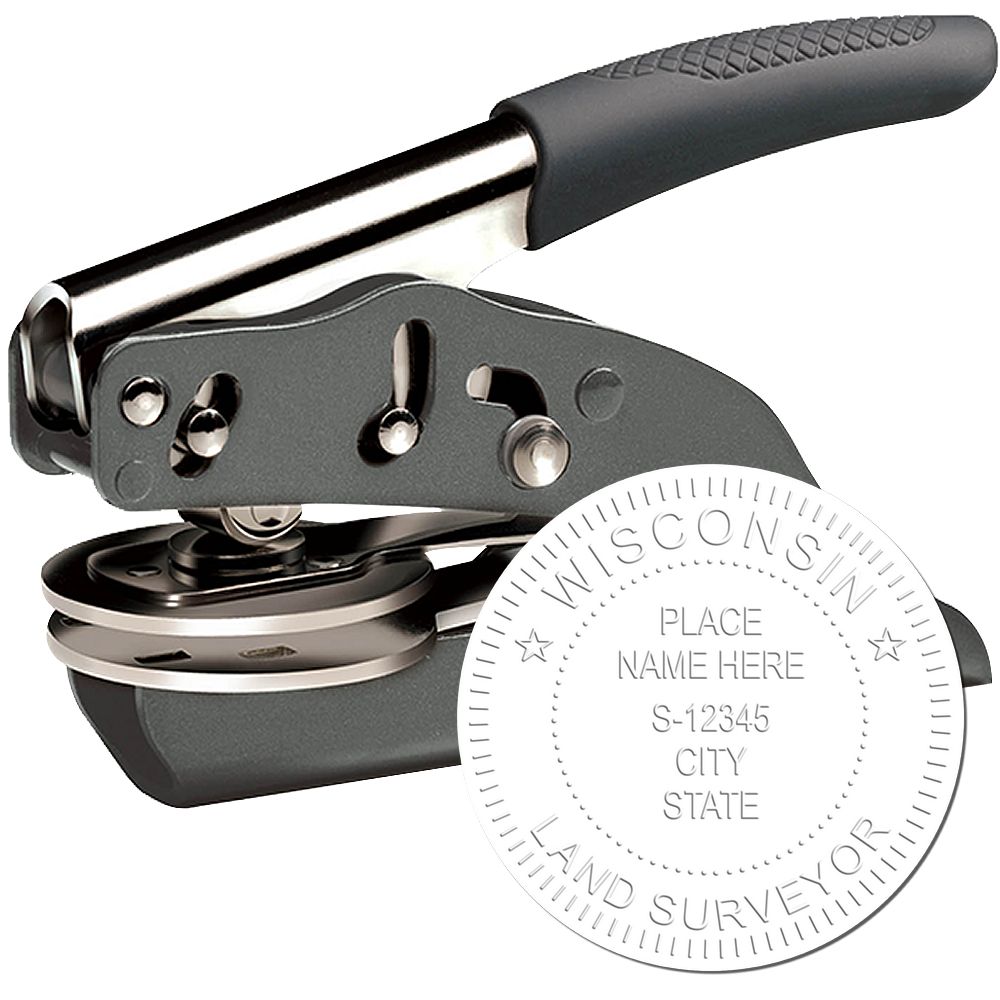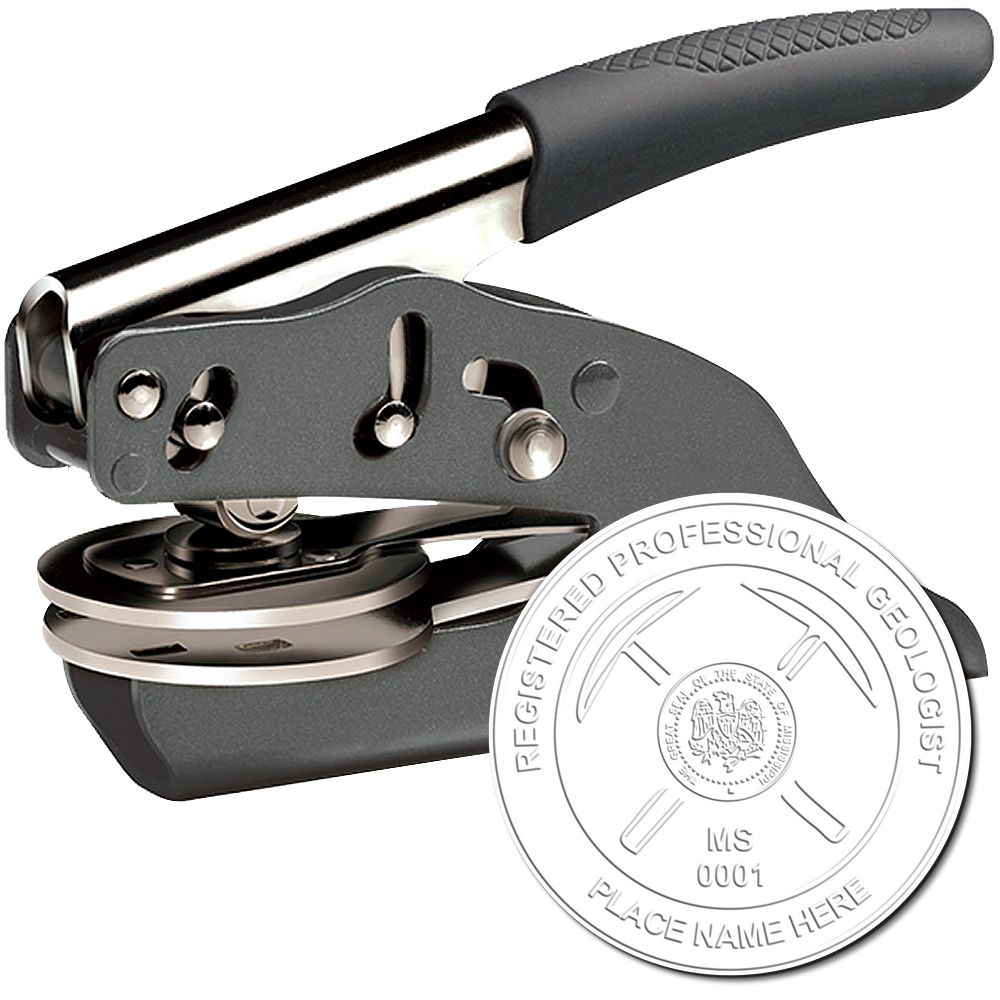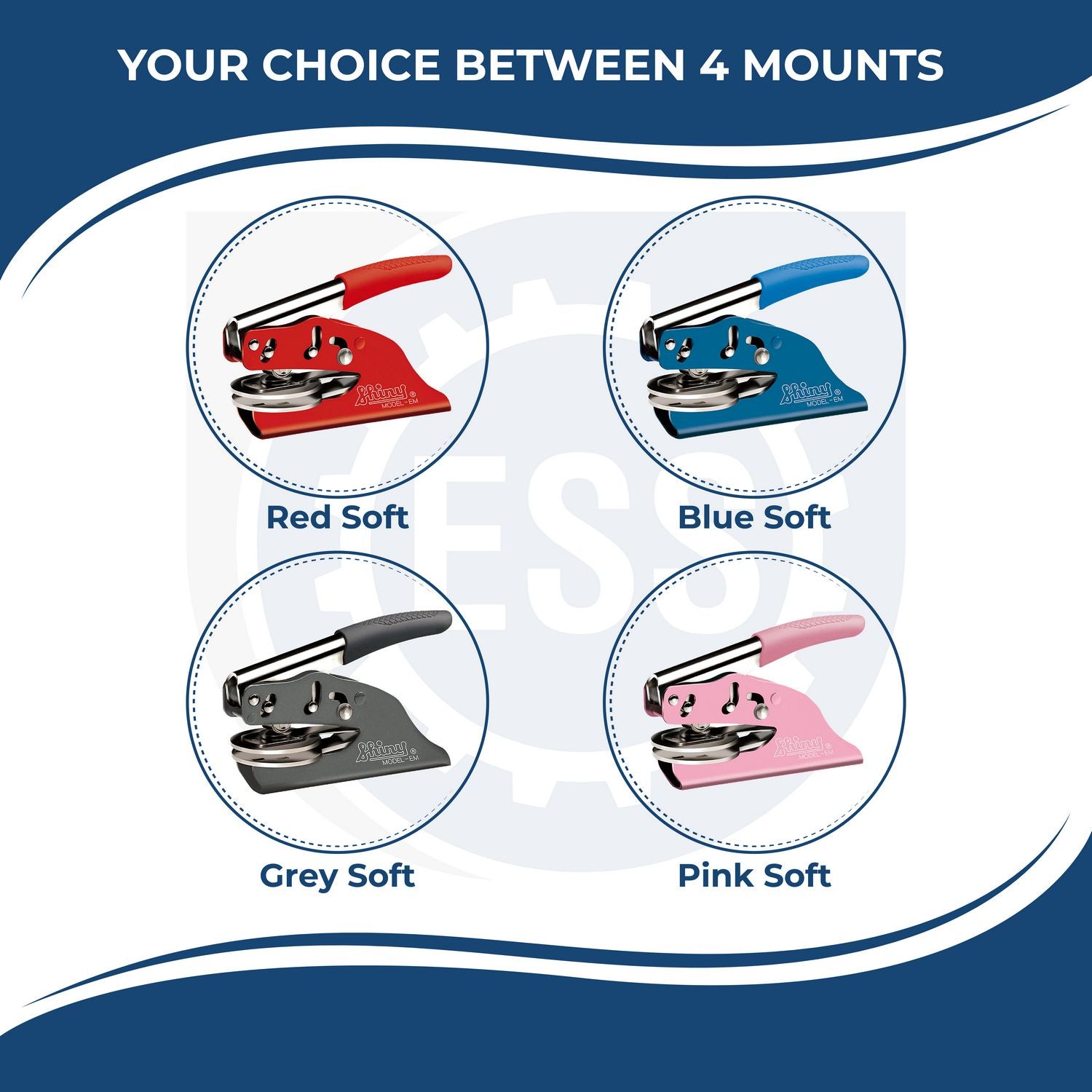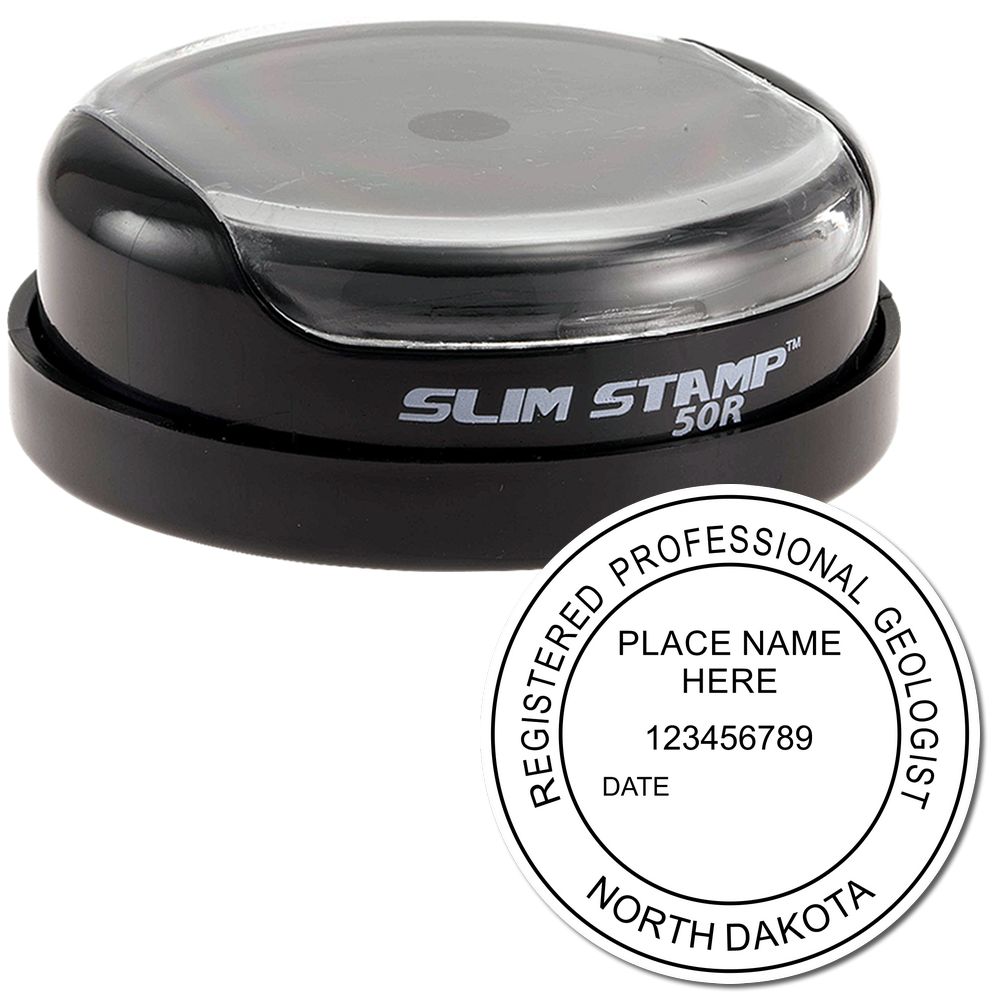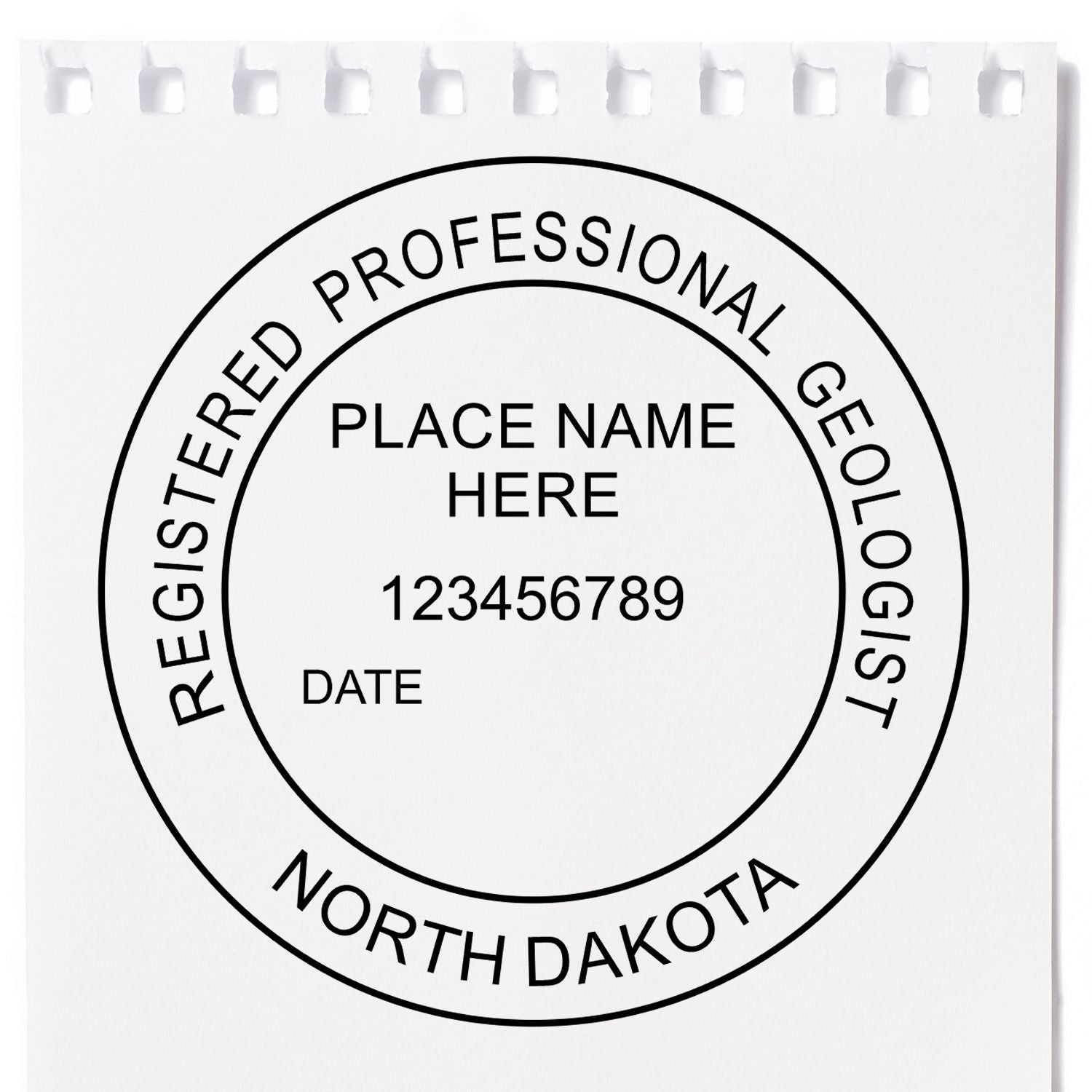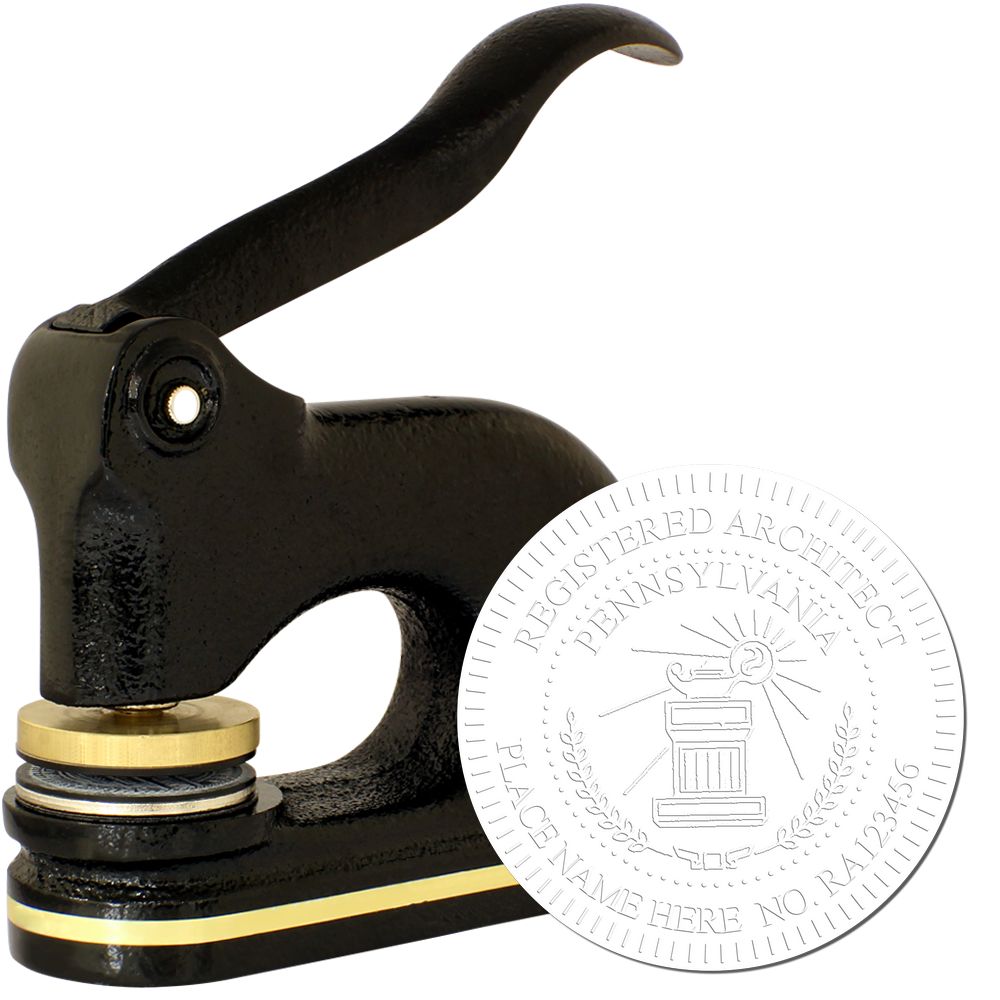Understanding Landscape Architect Stamps and Seals
Venturing into the world of landscape architecture involves understanding various professional tools and symbols, not the least of which are landscape architect stamps and seals. These elements play a crucial role in a landscape architect's work, serving as a testament to their professionalism and adherence to industry standards.
What is a Landscape Architect Stamp?
A landscape architect stamp is a unique imprint used by a licensed landscape architect to authenticate their plans, designs, reports, and other documents. It often includes the architect's name, license number, and state of licensure, along with the term "Licensed Landscape Architect" or a similar phrase. The stamp is usually used with ink or other marking materials, creating a clear and durable imprint on the document.
This stamp is more than just a professional symbol; it's a mark of accountability, indicating that the work adheres to the relevant laws, codes, and standards. For a deep dive into the regulations surrounding landscape architect stamps, you might want to check out our article on landscape architect stamp regulations.
What is a Landscape Architect Seal?
A landscape architect seal is a device used to create an embossed or raised impression on a document. This seal often includes the same information as a stamp but is used to create a three-dimensional imprint, adding an extra layer of authenticity and security to the document. The seal's embossed nature makes it difficult to forge or alter, protecting the integrity of the professional's work.
The seal's design and size can vary depending on the state's requirements and the professional's preferences. For instance, some states require a specific diameter for the seal, while others may allow for a range of sizes. For more information about the design and size requirements for landscape architect seals, our article on landscape architect seal requirements offers a comprehensive guide.
Understanding the difference between a landscape architect stamp and a seal is the first step towards properly using these tools. As you navigate through the landscape architecture field, these elements will become an integral part of your professional toolkit, ensuring your work is recognized as legitimate and credible.
The Importance of Landscape Architect Stamps and Seals
The use of landscape architect stamps and seals extends beyond the realm of mere tradition. These tools serve important functions in the world of landscape architecture, from legal requirements to professional credibility and validation.
Legal Requirements for Stamps and Seals
In many states, it is a legal requirement for a landscape architect to use a stamp or seal on official documents. This includes designs, plans, or reports submitted for approval by a governing body or client. The stamp or seal signifies that the work has been completed by a licensed professional and meets the necessary standards of practice.
The specific legal requirements for stamps and seals can vary from state to state. It's therefore crucial that professionals familiarize themselves with their local regulations. For more detailed information about these requirements, consider reading our article on landscape architect seal requirements.
Professional Credibility and Validation
Beyond the legal requirements, landscape architect stamp embossing serves as a marker of professional credibility and validation. When a landscape architect's stamp or seal is affixed to a document, it signals that the work complies with the highest standards of the profession. This lends legitimacy to the project and reassures clients, stakeholders, and regulatory bodies of the quality of the work.
Moreover, an embossed stamp or seal is difficult to forge, meaning it provides an additional layer of security. This can protect the reputation of the landscape architect and the integrity of the project.
In conclusion, landscape architect stamps and seals are not merely symbols; they carry great weight in the practice of landscape architecture. Understanding the legal requirements and professional implications that come with these tools is crucial for anyone in the field. For more guidance on choosing the right stamp or seal, refer to our article on landscape architect stamp design.
Landscape Architect Stamp Embossing
Embossing is a unique process that can add a touch of professionalism and authenticity to your landscape architect stamp. With landscape architect stamp embossing, the design of the stamp is raised against the background, creating an impressive three-dimensional effect.
How Does Embossing Work?
Embossing involves pressing a metal die into the stamp material, creating a raised impression of the stamp design. This can be done manually or using an embossing machine. The result is a stamp with a tactile texture that stands out visually.
Benefits of Embossed Stamps
Embossed stamps offer several advantages that can enhance the professional appeal of your landscape architect work:
-
Authenticity: Embossed stamps are difficult to replicate, making them an effective tool for demonstrating the authenticity of your work.
-
Professionalism: The textured finish of an embossed stamp adds a level of refinement and professionalism to your documents.
-
Visibility: Because they are raised, embossed stamps are more noticeable and can make your stamp more prominent on a document.
-
Uniqueness: Embossed stamps have a unique feel and look that sets them apart from regular ink stamps.
Requirements for Embossed Stamps
The requirements for embossed landscape architect stamps vary from state to state. However, there are some common elements that most states require:
-
Identification Information: This includes your name, license number, and the state in which you are licensed.
-
Symbol or Logo: Most states require the inclusion of a specific symbol or logo related to landscape architecture.
-
Size: The size of the embossed stamp must meet the state's specifications. Check your state's landscape architect seal size requirements for more details.
| Requirement | Description |
|---|---|
| Identification Information | Your name, license number, and state |
| Symbol or Logo | A specific symbol or logo related to landscape architecture |
| Size | Must meet the state's specifications |
Before ordering an embossed stamp, be sure to review your state's regulations to ensure your stamp meets all necessary requirements. You can find more information on landscape architect seal requirements and landscape architect stamp regulations on our website.
In conclusion, embossed stamps are an excellent tool for landscape architects. They not only enhance the presentation and professionalism of your work but also provide a clear indication of authenticity. By understanding how embossing works and the benefits it offers, you can make an informed decision when ordering your landscape architect stamp.
Tips for Using Your Landscape Architect Stamp
Utilizing a landscape architect stamp is an essential part of the profession. Proper care, maintenance, and understanding the best practices for stamp embossing are critical to maintaining the stamp's efficiency and longevity.
Proper Care and Maintenance
It's crucial to handle your landscape architect stamp with care. A well-maintained stamp can last for several years and provide consistent, high-quality impressions. Here are some tips for maintaining your stamp:
- Cleanliness: Keep your stamp clean to avoid blurry or smudged impressions. Use a stamp cleaning solution or mild soap and water to gently clean the stamp surface after use. Dry it thoroughly before storing.
- Storage: Store your stamp in a cool, dry place away from direct sunlight. Extreme temperatures and exposure to sunlight can damage the stamp and shorten its lifespan.
- Ink Pad Care: Regularly check the ink pad. If the impressions start fading, it's time to re-ink or replace the ink pad. Avoid over-inking as it can result in blurred impressions.
- Regular Inspection: Regularly inspect your stamp for any signs of wear or tear. If you notice any damage, consider getting a replacement to ensure high-quality impressions.
Best Practices for Stamp Embossing
When it comes to landscape architect stamp embossing, remember that even pressure and correct positioning are key to producing clean, professional impressions. Here are some best practices:
- Even Pressure: Apply even pressure when using the stamp to ensure a clear, crisp impression. Too much force can result in blurred text or images, while insufficient pressure may not transfer the ink properly.
- Positioning: Position your stamp correctly on the paper. A slight tilt can distort the impression. Aim for a straight-down press to get a perfect imprint.
- Paper Quality: The quality of the paper can make a significant difference in the quality of the impression. Thicker, high-quality paper usually gives better results.
- Test Impressions: Always do a test impression on a scrap piece of paper before stamping an official document. This allows you to adjust the pressure and positioning if needed.
By following these tips, you can ensure that your landscape architect stamp remains in excellent condition, providing clean, professional impressions every time. For more detailed information about landscape architect stamps and seals, including regulations and design considerations, please refer to the articles on landscape architect stamp design, landscape architect stamp regulations, and landscape architect seal requirements.
Ordering Your Landscape Architect Stamp or Seal
When it comes to ordering a landscape architect stamp or seal, there are several factors to consider. This includes what information to include on your stamp or seal, choosing the right design, and understanding your state's regulations.
What to Include on Your Stamp or Seal
A landscape architect stamp or seal typically includes the following information:
- Your name as listed on your license
- The words "Licensed Landscape Architect"
- Your license number
- The name of the state where you are licensed
- The expiration date of your license
Remember, the purpose of the stamp or seal is to authenticate and validate your work. As such, it's vital that the information on your stamp or seal is accurate and up to date. For more detailed guidelines on what to include on your stamp or seal, check out our article on landscape architect seal requirements.
Choosing the Right Stamp or Seal Design
When selecting a design for your landscape architect stamp or seal, it's important to consider both functionality and aesthetics. The stamp or seal should be easy to read and clearly display all the necessary information. At the same time, the design should reflect your professional identity.
The design of the stamp or seal often includes a border, typically circular or rectangular, and may include a state emblem or other symbolic imagery. When it comes to landscape architect stamp embossing, the design should be simple enough to provide a clear and legible impression. For more design tips, visit our article on landscape architect stamp design.
Understanding Your State's Regulations
Each state has its own regulations when it comes to the use of landscape architect stamps and seals. These regulations cover aspects such as the size of the stamp or seal, the information it must contain, and how it should be used.
For example, some states require the stamp or seal to be a certain diameter, while others may specify that the stamp or seal must be embossed. It's important to familiarize yourself with these regulations to ensure that your stamp or seal is compliant. For a better understanding of your state's regulations, see our article on landscape architect stamp regulations.
By taking the time to understand what to include on your stamp or seal, choosing the right design, and familiarizing yourself with your state's regulations, you can ensure that your landscape architect stamp or seal is a true reflection of your professional identity and meets all necessary requirements. Happy stamping!
About ESS
At Engineer Seal Stamps or ESS, we take pride in being the leading manufacturers of custom rubber stamps, professional seals, and notary stamps in the industry. Our dedication to delivering stellar customer service is evident in our state board guarantee on all our top-quality products.
With years of experience in the industry, we have perfected the art of crafting high-quality seals and stamps that meet the needs of engineers, architects, surveyors, and other professionals. Whether you are looking for traditional embossing seals or modern self-inking stamps, we have you covered.
Our commitment to quality is reflected in every aspect of our business, from the materials we use to the state-of-the-art machines we employ in the manufacturing process. We understand the importance of precision and accuracy in your work, which is why we go the extra mile to ensure that all our products are of the highest quality. At ESS, we believe that our success is measured by the satisfaction of our customers and the trust they place in our products. That's why we always strive to provide excellent customer service, from answering queries to providing expert advice on the best products to suit your needs.
In summary, ESS is more than just a manufacturer of custom rubber stamps, professional seals, and notary stamps. We are a team of dedicated professionals committed to providing our customers with the highest quality products, along with exceptional customer service that exceeds their expectations.


